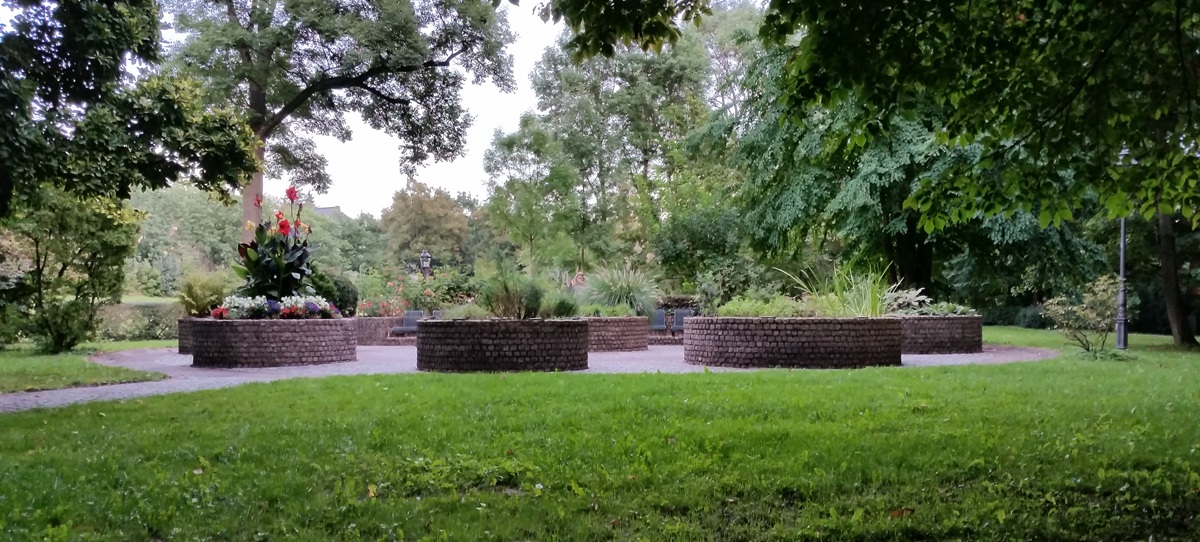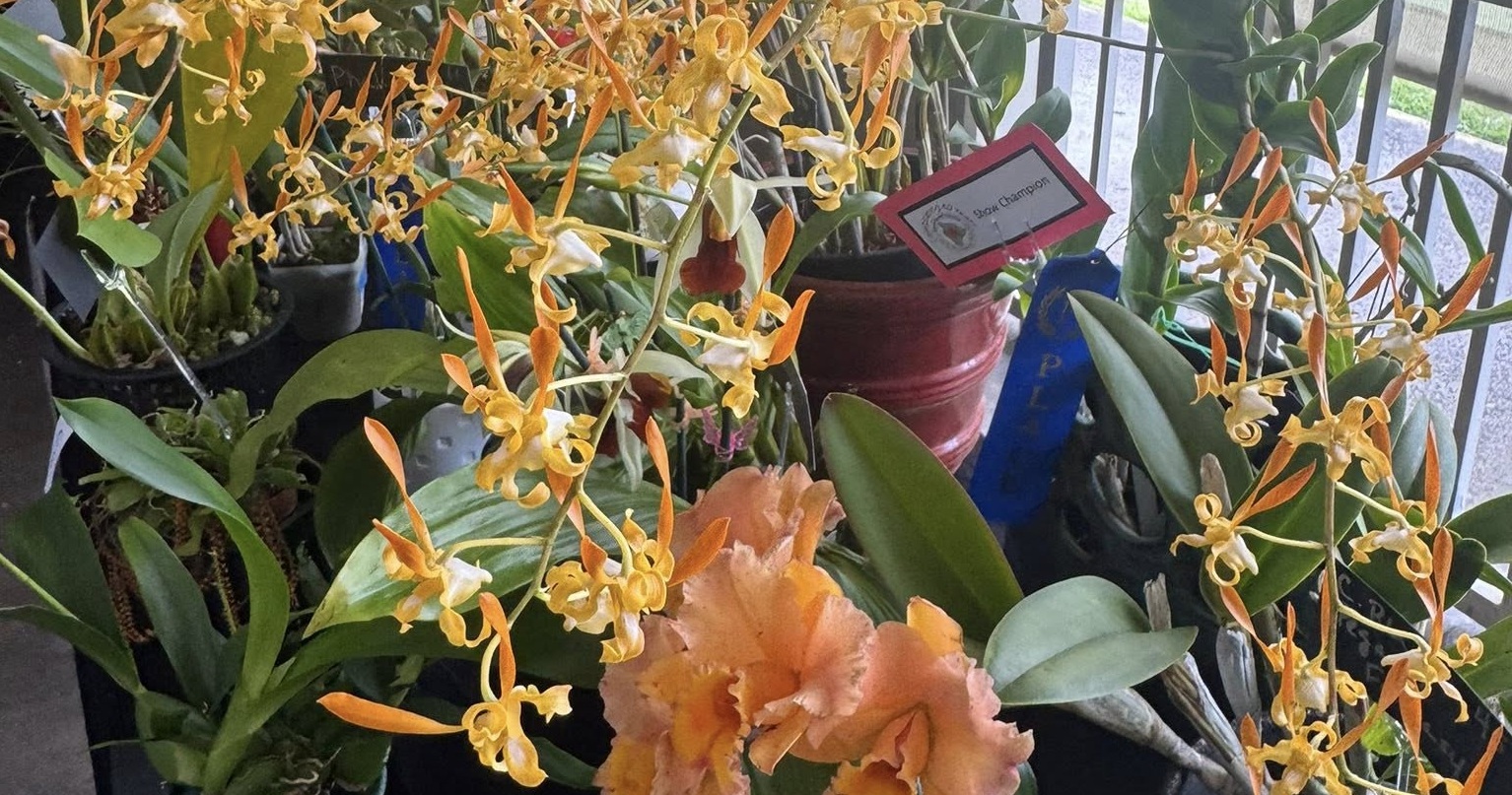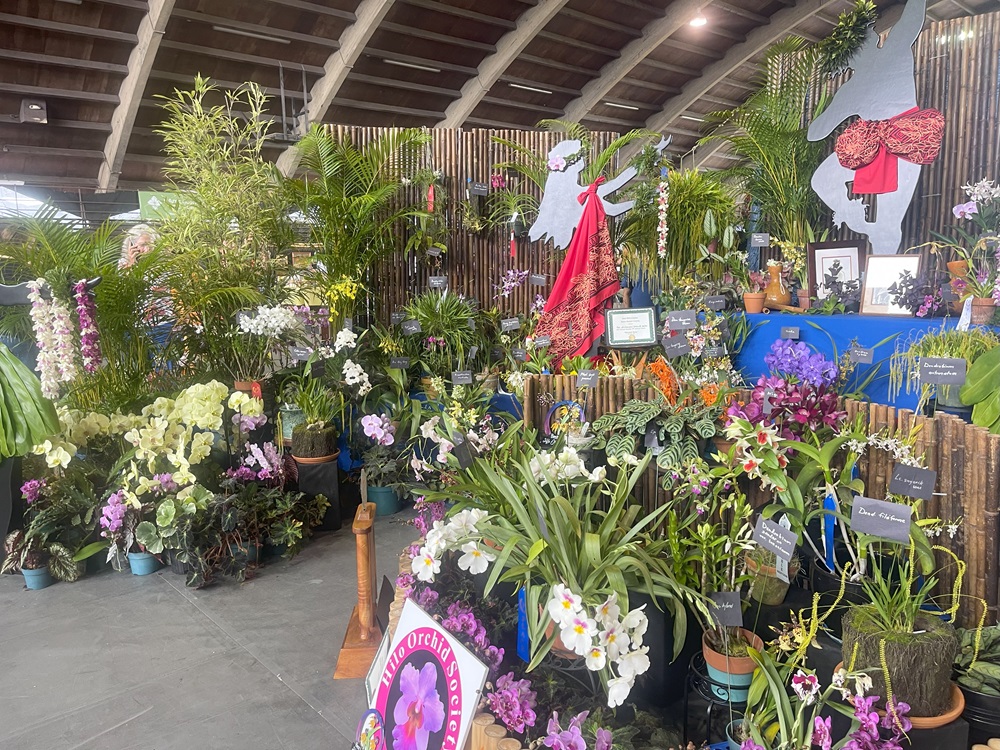What is a Sensory Garden?
A sensory garden is a carefully designed outdoor space that stimulates all five senses—sight, smell, touch, taste, and hearing. These gardens are meant to be immersive and therapeutic, making them perfect for everyone, from children to the elderly and those with sensory sensitivities. Sensory gardens are commonly found in schools, therapy centers, and public spaces, but they can also be created in home gardens to provide relaxation and engagement.
The Benefits of a Sensory Garden
A sensory garden is more than just a beautiful space—it offers numerous mental, emotional, and physical benefits.
Reduces Stress and Anxiety: Spending time in a nature-filled environment has been proven to lower stress levels and promote relaxation.
Encourages Mindfulness: The interactive nature of a sensory garden helps individuals slow down and appreciate their surroundings.
Boosts Cognitive Function: Engaging different senses can stimulate memory, making sensory gardens ideal for individuals with dementia or cognitive disabilities.
Enhances Motor Skills: Tending to a garden encourages fine and gross motor skill development, particularly in children and those undergoing physical therapy.
Supports Biodiversity: Sensory gardens often attract pollinators such as bees and butterflies, contributing to a healthier ecosystem.


How to Create Your Own Sensory Garden
Building a sensory garden doesn’t require a large space—just intentional planning and a variety of plants and elements that stimulate the senses.
1. Engaging the Sense of Sight
Visual appeal is key to a sensory garden. Incorporating a mix of colors, textures, and movement can make the space more stimulating and dynamic. Contrast between bright and muted tones, different foliage shapes, and seasonal changes all enhance the visual experience.
Plants to include: Marigolds, sunflowers, lavender, coleus, ornamental grasses
Other elements: Colorful garden art, bird feeders, winding pathways, mirrors to reflect light, and plants that change color through the seasons.
Benefits: A visually engaging garden can lift moods, encourage curiosity, and create a sense of place and wonder.

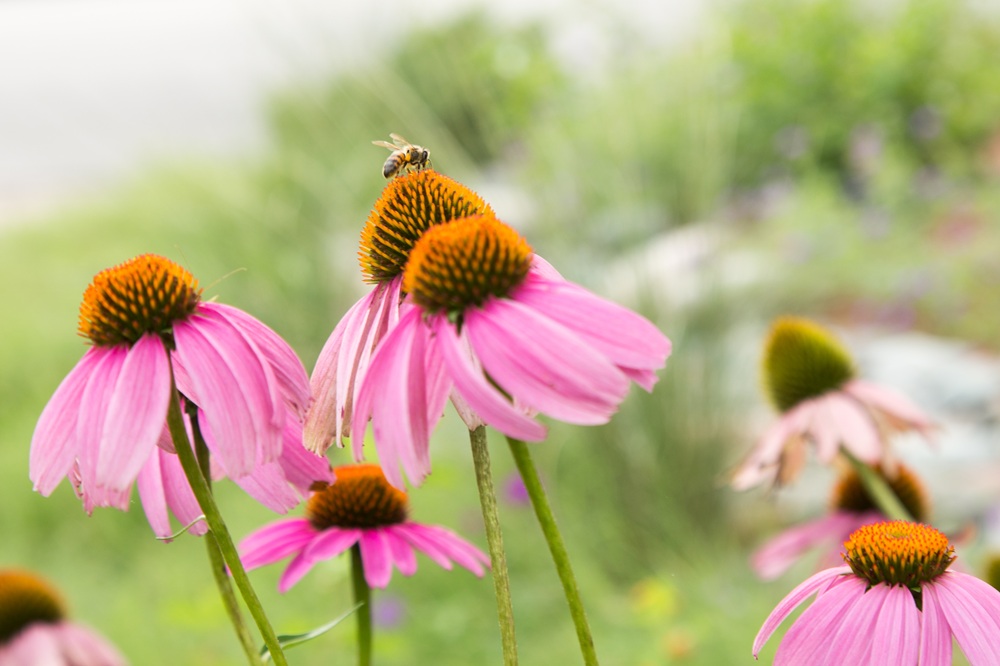
2. Engaging the Sense of Smell
Fragrance can evoke memories, reduce stress, and even improve focus. Choosing plants with varied and pleasant scents ensures a multi-layered sensory experience.
Plants to include: Roses, jasmine, lavender, thyme, mint, honeysuckle
Other elements: Aromatic mulch, scented candles, essential oil diffusers outdoors, and herbs that release fragrance when brushed against.
Benefits: Certain scents, such as lavender and chamomile, are known for their calming properties, while others like citrus or rosemary can be energizing.
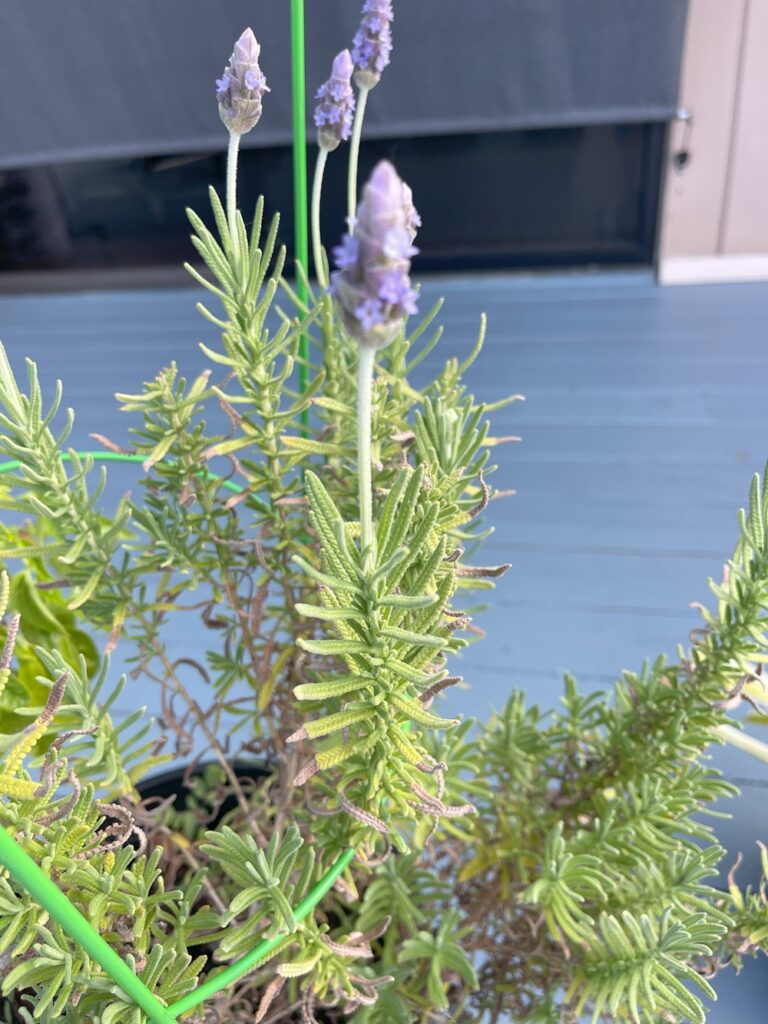
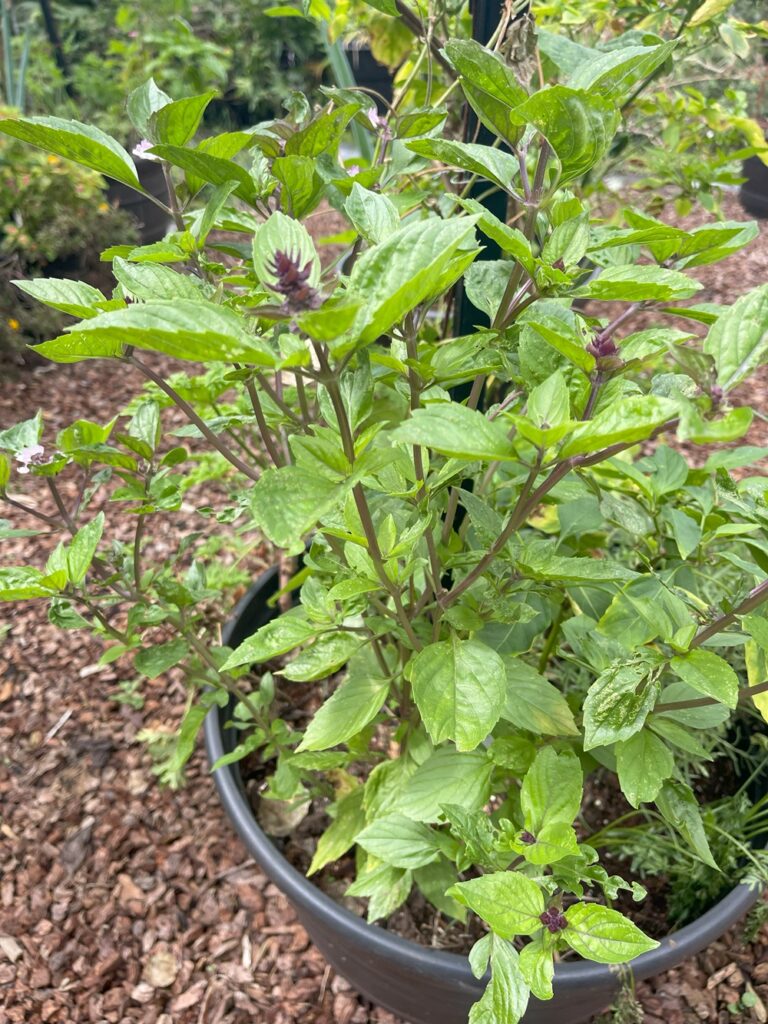
3. Engaging the Sense of Touch
A tactile experience invites exploration and engagement. Including plants and materials with diverse textures can make the garden feel interactive and inviting.
Plants to include: Lamb’s ear (soft), succulents (firm), ferns (delicate), bark-covered trees (rough), moss (velvety)
Other elements: Pebble pathways, smooth river rocks, sand or water features, tree bark, and textured sculptures.
Benefits: The physical act of touching different textures can be both grounding and stimulating, helping to improve sensory awareness and relaxation.
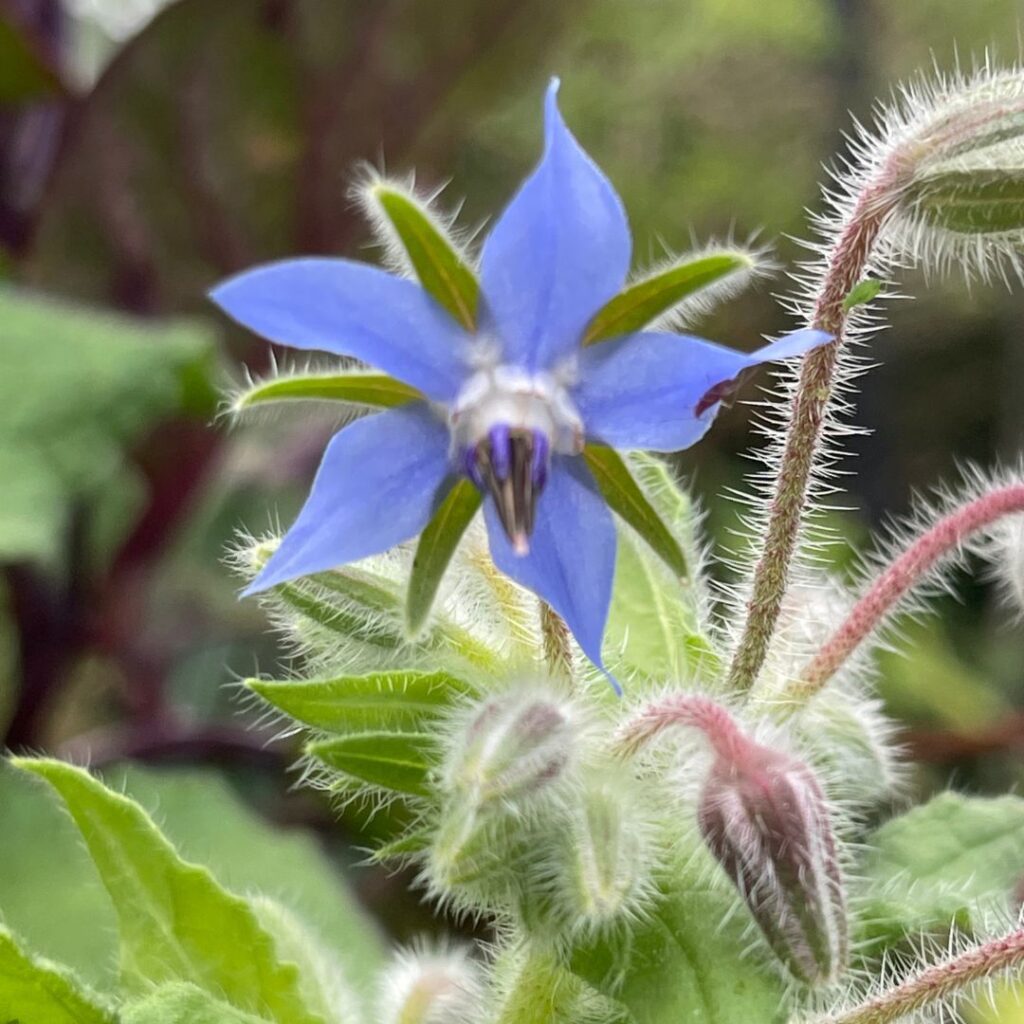

4. Engaging the Sense of Taste
Edible plants provide a delicious way to interact with the garden. A mix of sweet, tart, and savory plants makes for a dynamic experience. I love walking people through my garden and having them taste different plants.
Plants to include: Strawberries, cherry tomatoes, basil, chives, nasturtiums (edible flowers), blueberries, rosemary
Other elements: A small herb garden, fruiting bushes, raised beds for easy access, and vertical gardens for space-saving options.
Benefits: Growing edible plants encourages healthy eating, connection to food sources, and hands-on learning experiences for children.

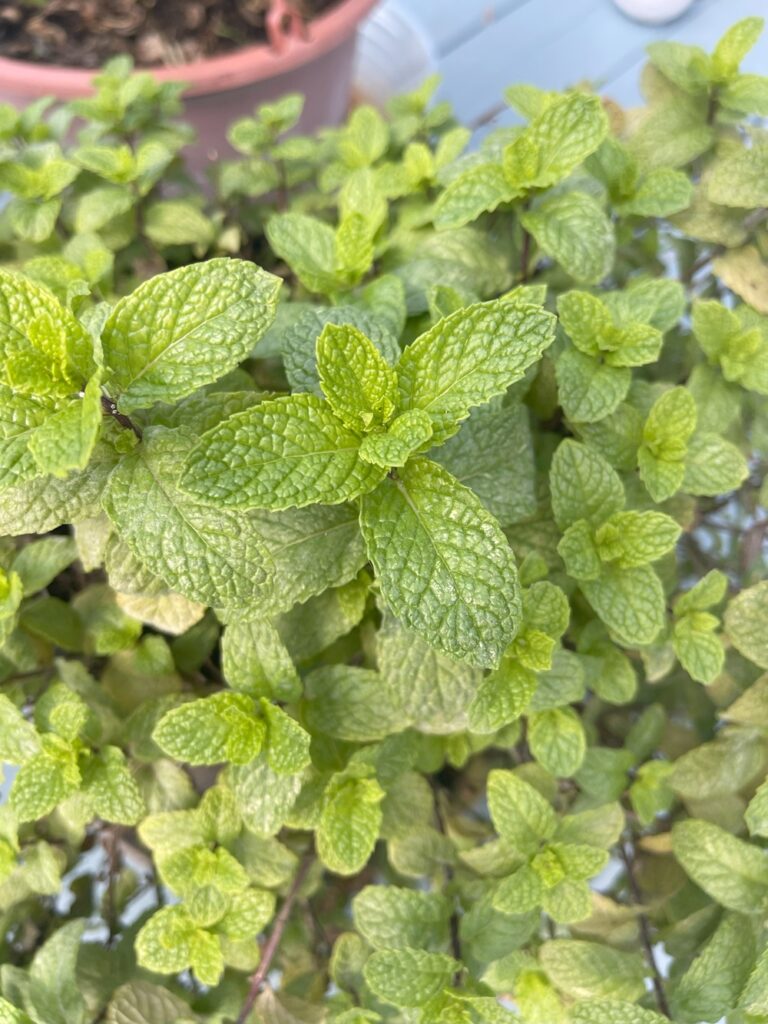
5. Engaging the Sense of Hearing
The sounds of nature can create a soothing atmosphere. Wind, water, and wildlife all contribute to the auditory experience of a sensory garden.
Plants to include: Bamboo (rustling leaves), ornamental grasses (soft whispers), flowering plants that attract songbirds, eucalyptus trees.
Other elements: Wind chimes, a small water fountain, birdhouses to encourage singing birds, gravel paths that crunch underfoot.
Benefits: Natural sounds can reduce stress, improve focus, and mask unwanted noise from urban environments.

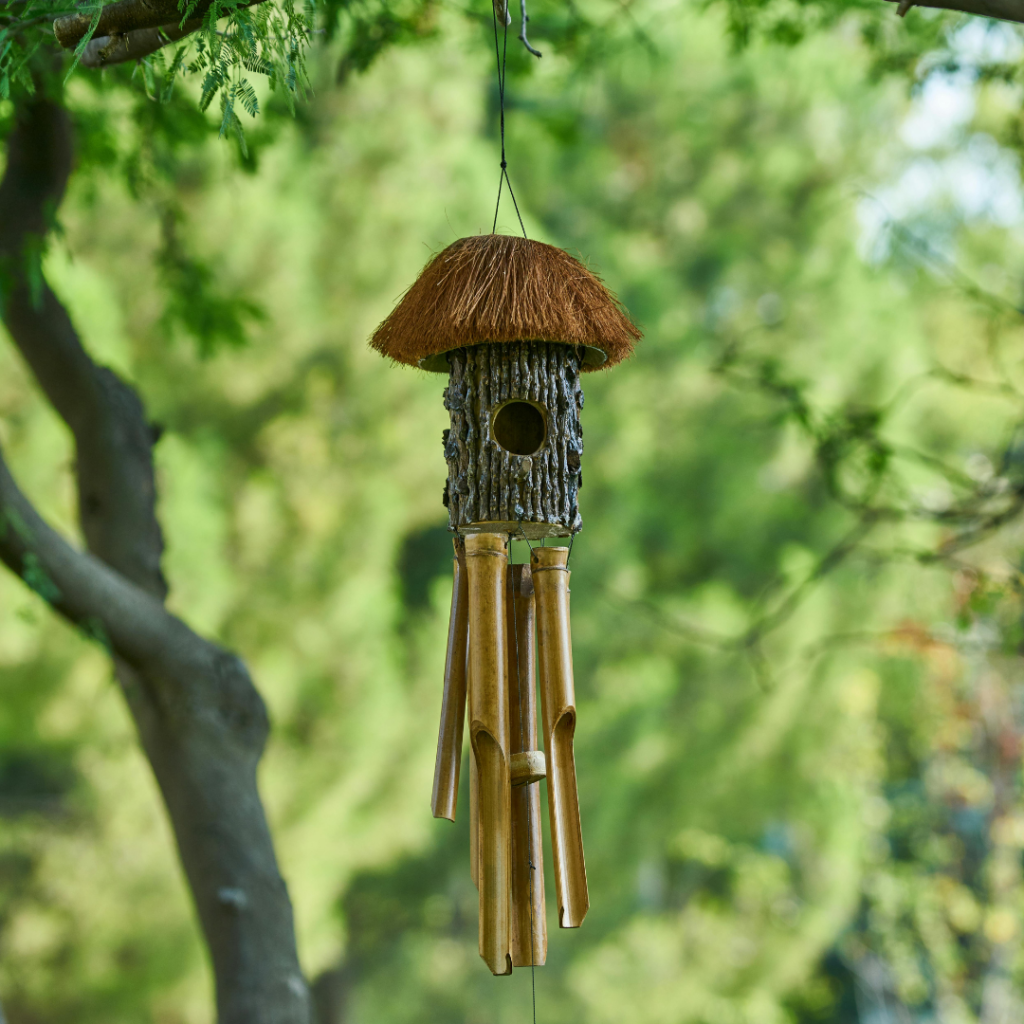
Additional Design Tips
Accessibility: Ensure that paths are smooth and wide enough for wheelchairs or strollers. Raised beds can also make gardening more accessible.
Shade & Seating: Incorporate shaded areas with benches or hammocks for relaxation.
Seasonal Interest: Choose plants that bloom in different seasons to keep the garden engaging year-round.
Lighting: Use solar-powered lights or lanterns to extend the sensory experience into the evening hours.
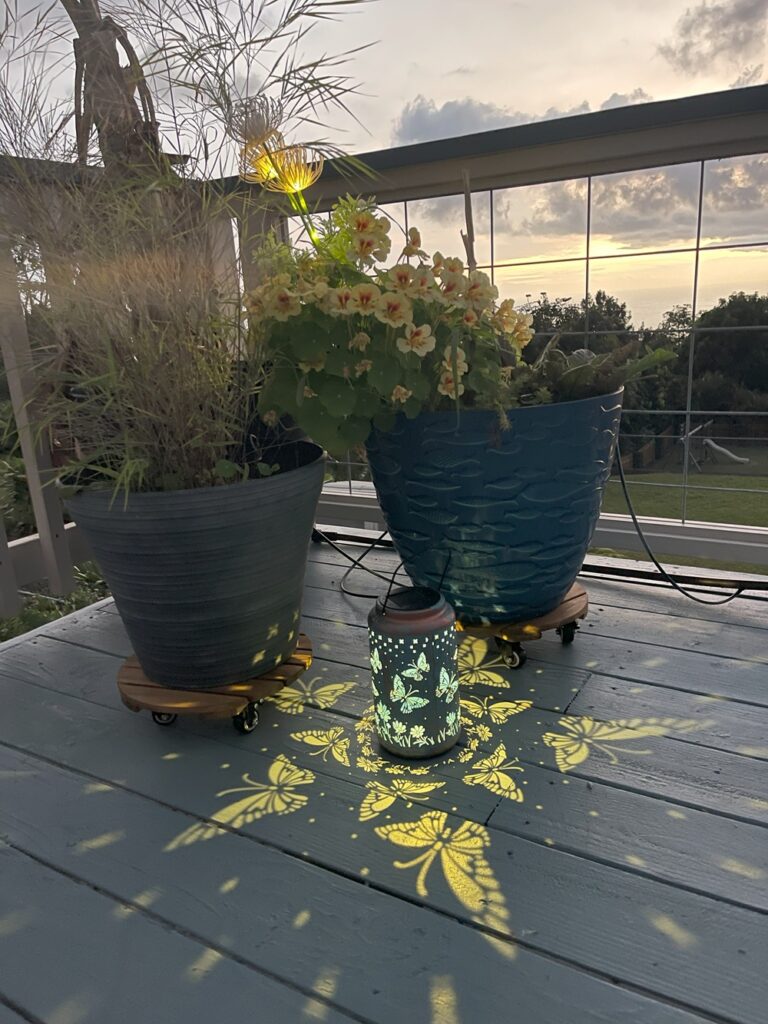

Final Thoughts
Creating a sensory garden is a rewarding experience that brings relaxation, joy, and a deeper connection to nature. Whether you have a small backyard or a large outdoor space, incorporating sensory elements can transform your garden into a haven for the senses.
Want more gardening inspiration? Join the Adventures in Botany Community and connect with fellow plant lovers! Follow us on, Instagram, TikTok, and YouTube for more gardening tips, DIY projects, and nature-inspired content.



